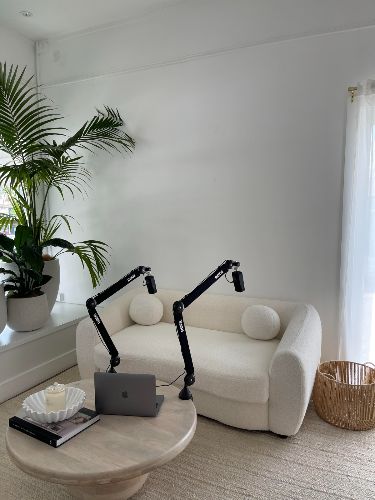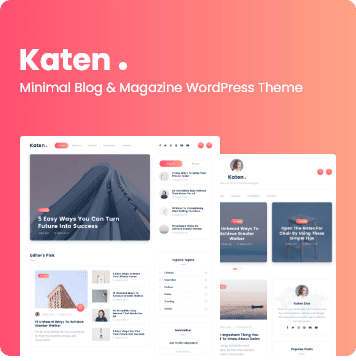
Podcasting has become a powerful medium for sharing ideas, stories, and expertise with a global audience. The good news is that you don’t need a professional studio or expensive equipment to start your own podcast. With a few affordable tools and some creative planning, you can launch a successful DIY podcast on a very tight budget in 2024. Here’s how to get started.
1. Plan Your Podcast
Before you start recording, spend some time planning your podcast:
- Identify Your Niche: Choose a topic you’re passionate about and knowledgeable in. This will keep you motivated and help attract a dedicated audience.
- Define Your Format: Decide whether your podcast will be solo, co-hosted, or include guest interviews. Determine the length and frequency of your episodes.
- Create an Outline: Plan your first few episodes, including key points and segments. Having a clear structure will make recording easier and more efficient.
2. Set Up Your Recording Space

You don’t need a professional studio to achieve good sound quality:
- Choose a Quiet Space: Find a quiet room with minimal background noise. Soft furnishings like curtains, carpets, and cushions can help reduce echo.
- DIY Soundproofing: Use blankets or foam panels to dampen sound. A closet filled with clothes can also serve as an effective recording space.
3. Affordable Equipment
Invest in some basic, budget-friendly equipment to ensure good audio quality:
- Microphone: A quality microphone is essential. The Samson Q2U is a great budget option, offering both USB and XLR connectivity for under $70.
- Headphones: Use any decent pair of over-ear headphones to monitor your recordings and ensure there are no audio issues.
- Pop Filter: A pop filter helps reduce plosive sounds (like “p” and “b”). You can make a DIY pop filter using a wire coat hanger and some pantyhose if needed.
- Mic Stand: A basic tabletop mic stand can help position your microphone correctly and keep your hands free while recording.
4. Recording and Editing Software
There are several free or low-cost software options for recording and editing your podcast:
- Audacity: This free, open-source software is excellent for recording and editing audio. It’s user-friendly and offers a range of features for podcast production.
- GarageBand: If you’re using a Mac, GarageBand is a free and powerful tool for recording and editing.
- Anchor: This free platform not only allows you to record and edit your podcast but also helps with distribution to major podcast directories.
5. Record Your First Episode
Follow these steps to record your first episode:
- Prepare Your Script: Have a rough script or outline to keep you on track.
- Test Your Equipment: Do a quick test recording to check your audio levels and make any necessary adjustments.
- Record in Segments: Recording in segments makes it easier to edit out mistakes and organize your content.
- Monitor Your Sound: Use your headphones to ensure your audio is clear and free from background noise.
6. Edit Your Podcast
Editing is where you can polish your recording and add finishing touches:
- Remove Mistakes: Edit out any mistakes, long pauses, or filler words to keep your podcast smooth and engaging.
- Add Music and Effects: Use royalty-free music for your intro and outro. Websites like Free Music Archive or Incompetech offer free music for this purpose.
- Level Your Audio: Ensure your audio levels are consistent throughout the episode to provide a better listening experience.
7. Distribute Your Podcast
Get your podcast out to the world using these free or low-cost platforms:
- Anchor: Anchor can distribute your podcast to all major directories like Spotify, Apple Podcasts, and Google Podcasts.
- SoundCloud: SoundCloud offers free hosting for up to three hours of audio. It’s a good option if you plan to have shorter episodes or just want to start small.
- Social Media: Promote your podcast on social media platforms to reach a wider audience. Create accounts dedicated to your podcast on Twitter, Instagram, and Facebook.
8. Engage with Your Audience
Building a loyal audience is key to your podcast’s success:
- Listener Feedback: Encourage your listeners to leave comments, reviews, and feedback. This can help you improve your content and engage with your audience.
- Consistent Schedule: Stick to a regular release schedule to keep your audience coming back for more.
- Networking: Collaborate with other podcasters and join podcasting communities to learn and grow your audience.






Leave a Reply